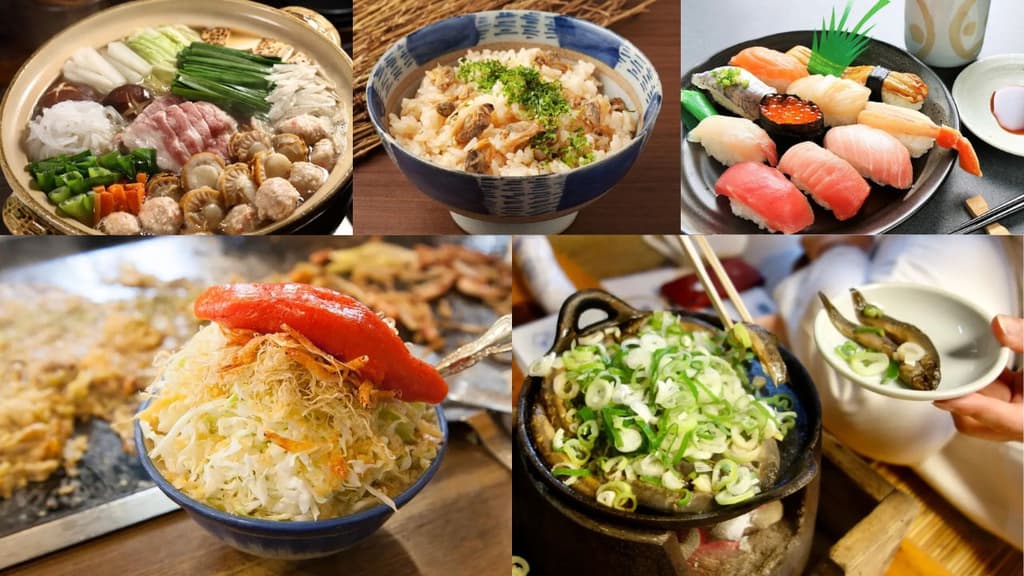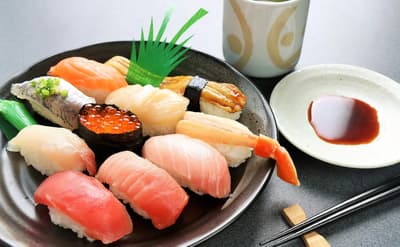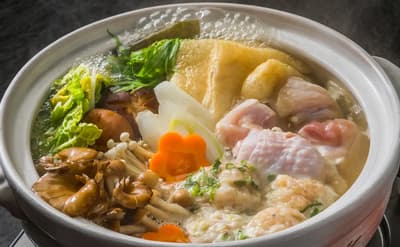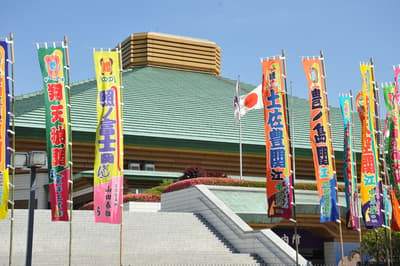This page introduces a collection of local gourmet foods that originated in Tokyo. Don’t miss the recommended restaurants where you can taste each local gourmet! Please check out these traditional local gourmet foods that have been loved for a long time and try them for yourself ✨.
Click here to learn more about Tokyo.
Chanko Nabe (ちゃんこ鍋)
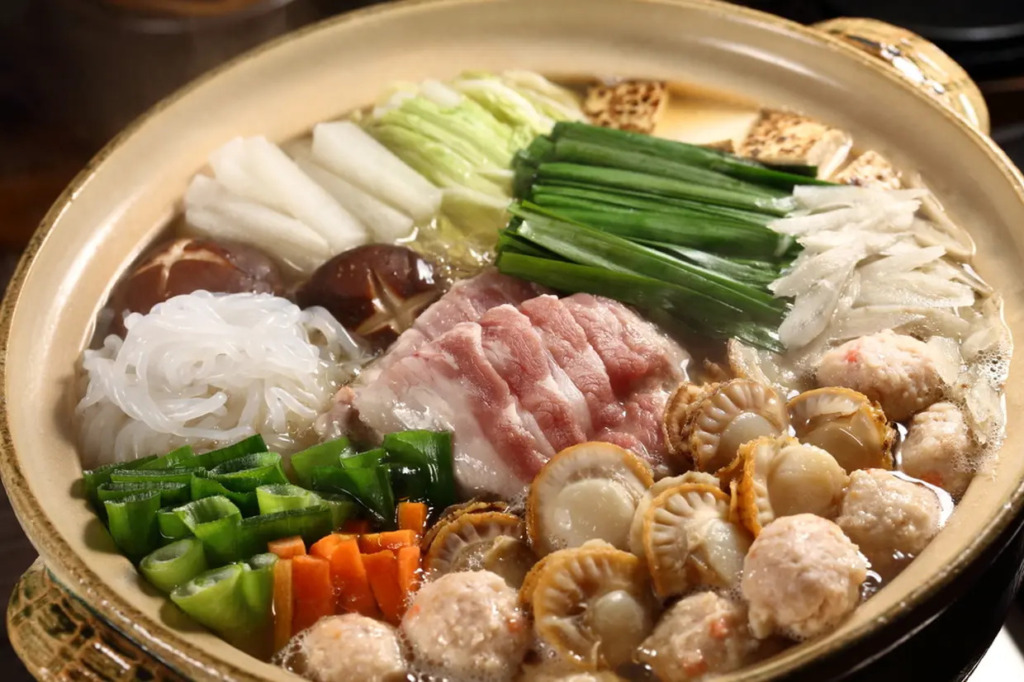
“Chanko-nabe” is a nabe (Japanese hot pot) dish for sumo wrestlers. It is a general term for a nabe in which many ingredients such as seafood, meat, and vegetables are used, so there is not fixed definition and rule for Chanko-nabe and many different types of its for each ingredient and for each broth.
Chanko-nabe is widely accepted not only by sumo wrestlers but also by the general public, and chanko-nabe restaurants can be found throughout Tokyo. One of the most enjoyable ways to enjoy chanko-nabe is to find your own favorite chanko-nabe, and we recommend that you enjoy it at a chanko-nabe restaurant after watching sumo wrestling in Tokyo!
Recommended stores
Chanko Kawasaki (ちゃんこ川崎)
Want to learn more? Read on!
Edomae Sushi (江戸前寿司)
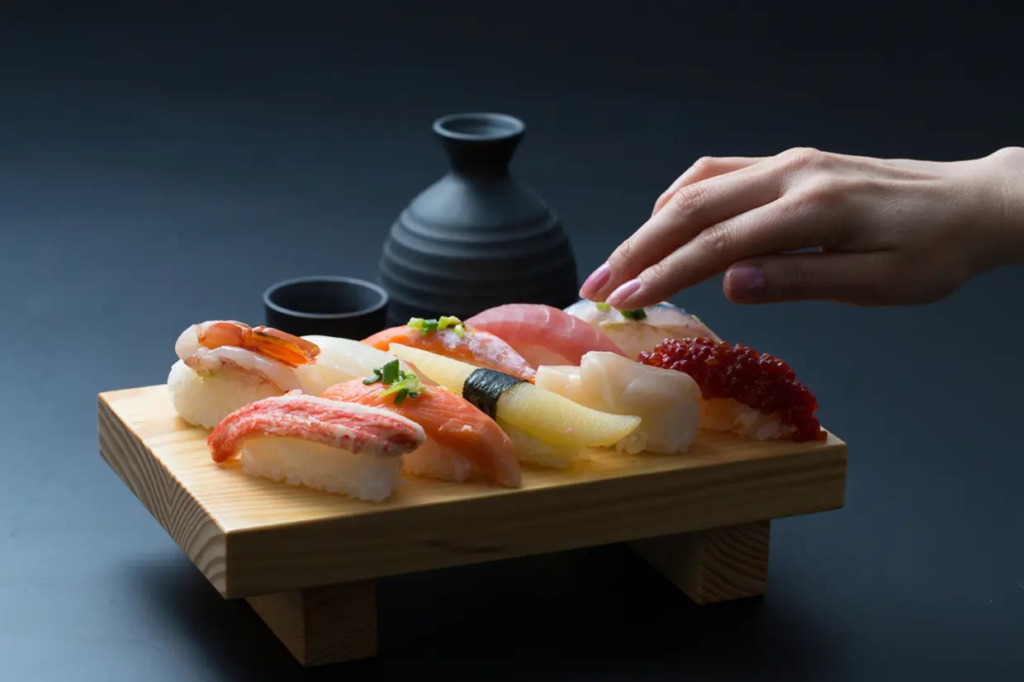
It’s Sushi made from fish caught in Tokyo Bay (Edo Bay). It is characterized by the addition of various processes to the raw fish, such as vinegaring, salting, boiling, and simmering in sauce. Typical examples of Edomae-sushi are vinegared kohada and mackerel, cooked conger eel and steamed shrimp, egg omelet, and tuna.
The price per piece varies from store to store, ranging from less than 100 yen to several thousand yen, so it is recommended that you do your homework before visiting a restaurant!
For a luxurious and exciting dining experience
Shutoku 2nd store Tsukiji (秀徳 2号店)
For a casual experience
Sushi no Midori Umegaoka (梅丘 寿司の美登利 総本店)
Want to learn more? Read on!
Fukagawa Meshi (深川めし)
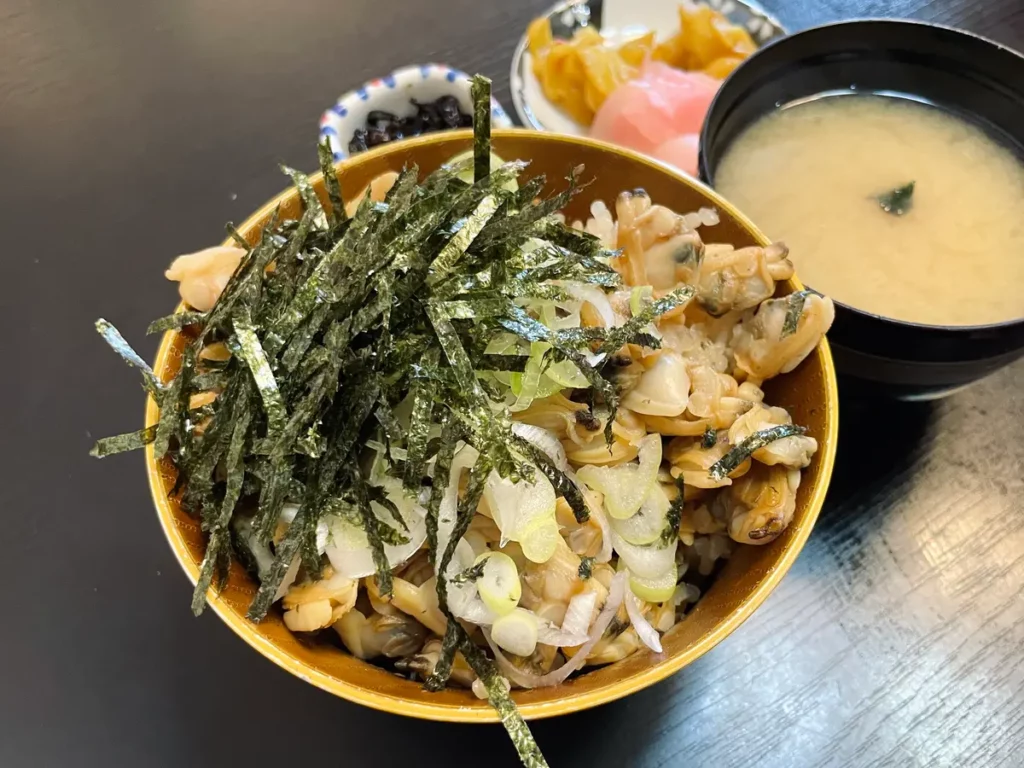
Fukagawa flourished as a town of fishermen in the Edo period (1603-1868) and was a source of high-quality clams and oysters. Fukagawa-meshi, using those clams, is a common dish of miso soup with clams and green onions served over rice, and was invented as a fast food for fishermen to eat rice and soup at the same time.
In addition to the method of eating rice with dashi (Japanese soup stock), the takikomi-gohan (cooked rice) type, in which clams and rice are cooked together, was created after the Meiji period (1868-1912). It is said that this type of rice was created for carpenters and other craftsmen to take with them as a lunch box. It is one of the five best rice dishes in Japan.
A restaurant where you can eat cooked rice type
Kappou Miyako (割烹みや古)
A restaurant where you can eat the type of dashi broth poured over rice.
Issui (一穂)
A restaurant where serves both types
Fukagawajuku Main Branch (Fukugawajuku Honten) (深川宿本店)
Want to learn more? Read on!
Monjayaki (もんじゃ焼き)
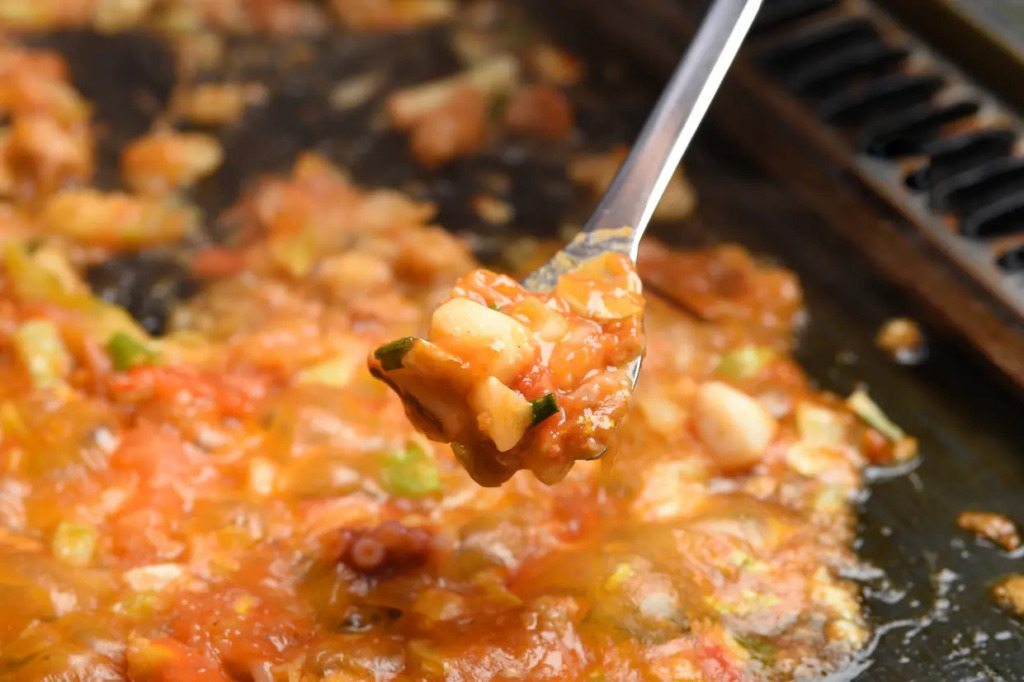
Monjayaki is a local food in Tokyo that is made by cooking and eating loosely melted flour on a teppan (iron plate).
Tsukishima, located in Chuo-ku, is an area famous for its monjayaki. In the alleyways of this nostalgic town, houses from the early Showa period still remain, and the Tsukishima Nishinaka-dori Shopping Street, called “Monja Street,” is lined with as many as 75 stores offering monjayaki.
Fry your favorite ingredients such as cabbage, fried egg, cuttlefish, sakura shrimp, meat, seafood, and vegetables, shape them into doughnuts on the griddle, and pour a thin layer of melted flour batter into them. Slowly mix them together and when they are cooked, they are ready to be served.
If you press them onto the griddle just before eating, you can enjoy their crispy, savory flavor, and they are also a useful local gourmet snack for alcoholic beverages. One of the reasons for the long-lasting popularity of this dish is that people can enjoy communicating with each other while cooking their own food around the griddle.
Recommended stores
Tsukishima Monja Warashibe (月島もんじゃ わらしべ 総本店)
Koboreya Honten (月島もんじゃ こぼれや 本店)
Want to learn more? Read on!
Dozeu Nabe (どぜう鍋)
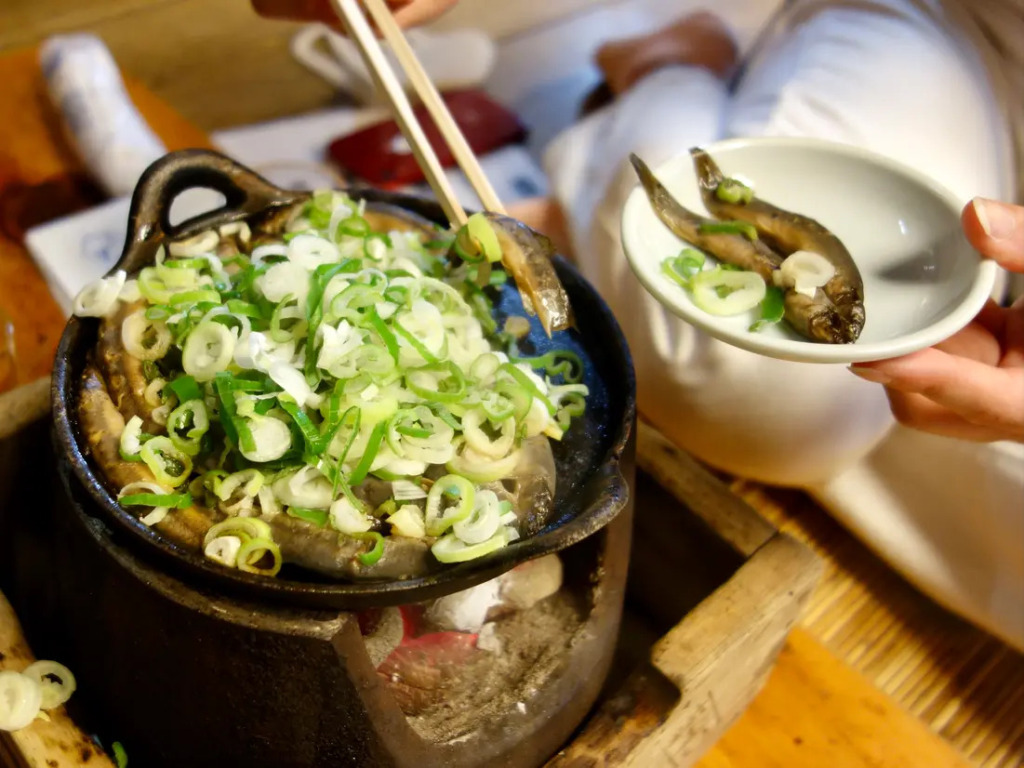
This is a nabe (Japanese hot pot) dish using loach, a native of old town Tokyo that has been popular among people since the Edo period (1603-1868). The appearance of this nabe dish may surprise those who see it for the first time, but it is a nabe dish full of nutrients that have been indispensable for people since long ago, as loach has nourishing and tonic effects and is effective against summer fatigue.
A restaurant where you can eat Dozeu-nabe.
Nyorosuke Asakusa (にょろ助 東南屋 浅草)
In addition to Dozeu-nabe, eel (unagi) and sukiyaki are also on the menu.
Want to learn more? Read on!
